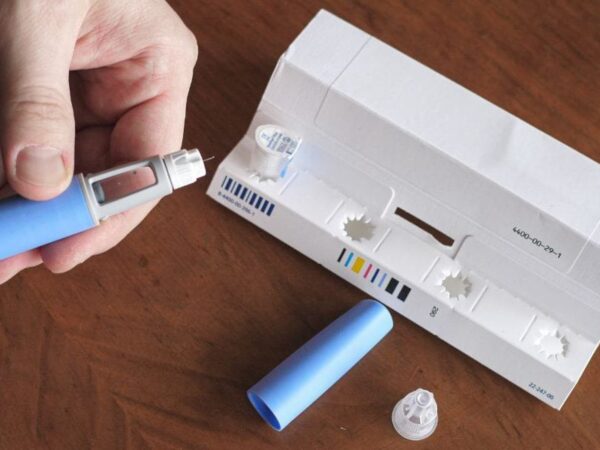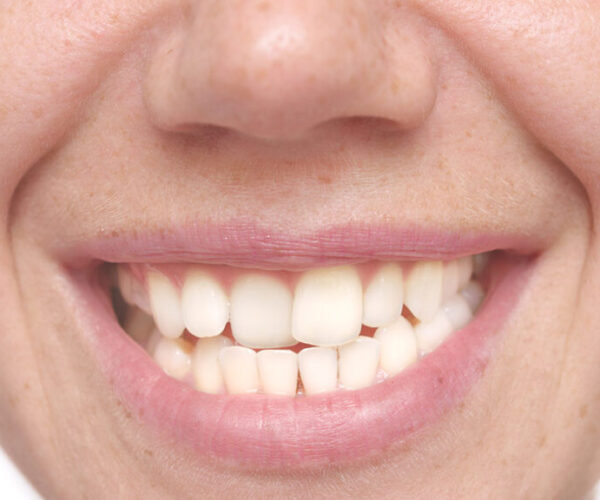Breast cancer is the number one most prevalent cancer for women in the Philippines. This enforces the need for proper education regarding the disease to inspire prevention and treatment.
Cancer in the breast occurs when the cells in the breast grow abnormally. It has subtypes affecting different breast parts and requires unique treatments. The disease primarily affects women aged 50 years and above but can still affect younger women. Breast cancer can also materialize in men’s bodies.
There are different causes for breast cancer, but they are influenced mainly by genetics. If an individual has been diagnosed with breast cancer, the person’s blood relatives have a higher risk of developing the disease. The chances of this increase if the person develops the condition before the age of fifty.
People must recognize the symptoms of breast cancer to prompt early action. Patients diagnosed with the disease often experience the following:
- Lump found in the breast or underarm
- Unusual thickness in the breast
- Dimpling or irritation of the skin around the breast
- Changes in breast size, shape, or appearance
- Irritation of the skin in the nipple area
- Pain in the breasts or nipples
- Discharge other than breast milk
If you observe any signs of breast cancer, contact a professional medical provider to know your status immediately.
Individuals must undergo a proper examination to determine if they have or are at risk of breast cancer. If found positive, they will need to avail of breast cancer treatment Philippines. The most common tests to diagnose breast cancer are mammograms, ultrasound, biopsy, and breast magnetic resonance imaging (MRI).
There are many more things to learn about breast cancer, such as the causes, types, and cost of breast biopsy test in the Philippines. If you want to learn more information about the prevention of breast cancer, check out this infographic by Hope From Within.



